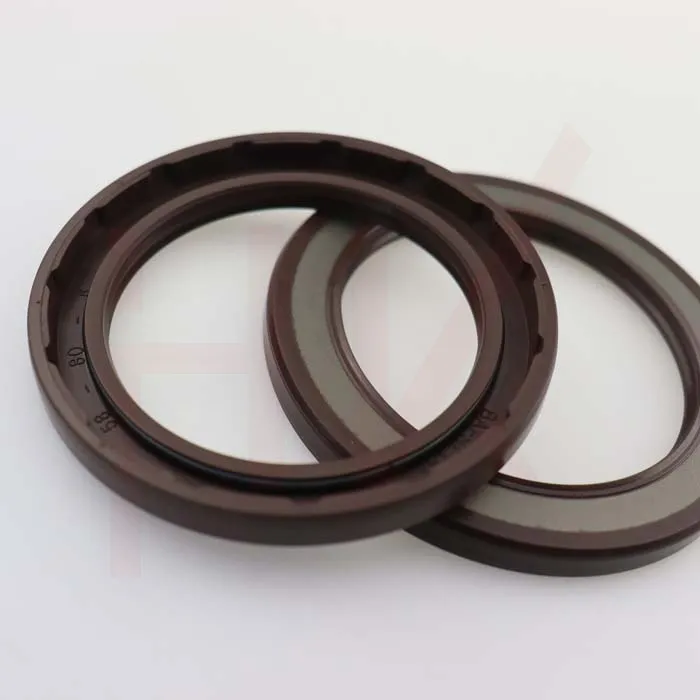سپتامبر . 06, 2024 00:15 Back to list
Dust Seal vs Oil Seal
Dust Seal vs. Oil Seal Understanding Their Importance and Differences
Dust Seal vs
. Oil Seal Understanding Their Importance and DifferencesDust Seals Dust seals are primarily designed to prevent dirt, dust, and other particulate contaminants from entering a mechanical system. They act as barriers, ensuring that external debris does not compromise the integrity of critical components such as bearings and shafts. Dust seals are typically made from rubber, foam, or plastic materials, which can effectively block unwanted material while allowing for some flexibility and movement. They are commonly used in environments where exposure to dust is high, such as construction sites, manufacturing facilities, and outdoor applications. Properly installed dust seals help prolong the lifespan of equipment by reducing wear and tear caused by abrasive particles.
dust seal vs oil seal

Oil Seals On the other hand, oil seals are specifically designed to contain lubricants within an assembly, preventing them from leaking out while also protecting the internal parts from external contaminants. These seals are crucial in systems where lubrication is necessary for the smooth operation of moving parts. Oil seals are typically constructed from durable materials such as nitrile rubber or fluorocarbon, which can withstand the effects of oil and varying temperatures. In automotive applications, oil seals are found in engines, transmissions, and differential systems, ensuring that oil remains contained and effectively lubricates the components.
Key Differences The primary difference between dust seals and oil seals lies in their intended purpose. While dust seals focus on protecting against external contaminants, oil seals are aimed at containing internal fluids. Additionally, oil seals often have a specific lip design that enhances their ability to prevent leakage, while dust seals generally maintain a looser fit to allow for mobility without hindering performance.
In conclusion, both dust seals and oil seals are vital components in various mechanical systems. Understanding their specific roles helps in selecting the right seal for an application, ultimately leading to improved reliability and efficiency. When maintaining machinery, it's essential to choose the appropriate seal type to protect against contamination and ensure that lubrication remains intact, allowing for the smooth operation of equipment over time.
-
The Trans-formative Journey of Wheel Hub Oil Seals
NewsJun.06,2025
-
Graphene-Enhanced Oil Seals: Revolutionizing High-Pressure Oil Sealing
NewsJun.06,2025
-
Future of Hydraulic Sealing: Advanced Intelligent TCN Oil Seals
NewsJun.06,2025
-
Don’t Let a Broken TCV Oil Seal Ruin Your Day
NewsJun.06,2025
-
Bio-Inspired Dust Seals for Better Sealing Performance
NewsJun.06,2025
-
Biodegradable and Sustainable Hydraulic Seal Materials
NewsJun.06,2025
-
Top Oil Seal Solutions for Your Industrial Needs
NewsMay.22,2025
Products categories
















